Aesthetics in Present Future
Aesthetics in Present Future
The Arts and the Technological Horizon
Edited by Brunella Antomarini
and Adam Berg
LEXINGTON BOOKS
Lanham Boulder New York Toronto Plymouth, UK
Published by Lexington Books
A wholly owned subsidiary of The Rowman & Littlefield Publishing Group, Inc.
4501 Forbes Boulevard, Suite 200, Lanham, Maryland 20706
www.rowman.com
10 Thornbury Road, Plymouth PL6 7PP, United Kingdom
Copyright 2013 by Lexington Books
All rights reserved. No part of this book may be reproduced in any form or by any electronic or mechanical means, including information storage and retrieval systems, without written permission from the publisher, except by a reviewer who may quote passages in a review.
British Library Cataloguing in Publication Information Available
Library of Congress Cataloging-in-Publication Data
Aesthetics in present future : the arts and the technological horizon / Edited by Brunella Antomarini and Adam Berg.
pages cm
Includes bibliographical references and index.
ISBN 978-0-7391-7373-2 (cloth : alk. paper) ISBN 978-0-7391-7374-9 (electronic)
1. Aesthetics, Modern20th century. 2. Aesthetics, Modern21st century. I. Antomarini, B. (Brunella) II. Berg, Adam, 1962
BH201.A37 2013
701'.17dc23
2013010021
 TM The paper used in this publication meets the minimum requirements of American National Standard for Information Sciences Permanence of Paper for Printed Library Materials, ANSI/NISO Z39.48-1992.
TM The paper used in this publication meets the minimum requirements of American National Standard for Information Sciences Permanence of Paper for Printed Library Materials, ANSI/NISO Z39.48-1992.
Printed in the United States of America
Acknowledgments
The editors would like to thank Valentino Zeichen and the friends of the Association of Aesthetics Sensibilia for their suggestions. A special thanks to Erith Jaffe-Berg for her help in editing the text, and to Pietro Traversa for his help with the index.
Introduction
In this anthology, we examine the place and role of aesthetics in light of the current relationship between the arts and new media technologies.
Within the creative, academic, and pedagogical spheres, due to the growing role of technology, there is an urgency in re-assigning aesthetics to issues that vary from cognition and design to globalization and skills. Our attempt is to contextualize these issues and offer an alternative platform to aestheticsone that would address the changing dynamics of art and aesthetics as interrelated. Aesthetics is increasingly implicated in contemporary and future worlds as informing us about the relation of new technologies to memory, knowledge, and image production. Examples range from computer design to Web sites, cinema, theater, photography, architecture, painting, and information media. We focus on how such issues spell out the ways in which an aesthetic program can transcend the contingencies of contexts without overriding our ability to respond to imminent events. The speed at which our and future generations technological tools change makes it urgent to comprehend the consequent modifications of our perspectives, and at the same time, every attempt at comprehension must inevitably be hypothetical and flexible, in such a way that it can detect and include at any moment an unpredictable change in orientation, caused by the ongoing technological revolution.
Moreover, insofar as technological interfaces alone may obliterate moral responsibility by removing our responses from both transmission and communication, it is necessary to detect a possible emergence of a new sense of responsibilityan aesthetic responsibility. How do we re-assign the role of aesthetic education to the future? How do we approach the cultural production of events and objects or images with a growing sense of multiplicity and yet with an equal universalizing-globalizing force?
We have followed the reflective paths of various scholars and artists in this book to find out about these issues and questions. Each has offered both a critique and a proposal to engage with future aesthetics as intertwined both as a future direction and as a source of learning through art and aesthetics. The twelve contributions offered in this book are prefaced by short interviews with the authors, facilitating the readers paths into the chapters through a dialogue.
The social-cognitive sphere and the aesthetic sphere overlap but are never entirely in congruence. The conception of such an experiential sphere is anchored in a phenomenological perspective that feeds off Edmund Husserl but remains methodologically open-ended. Each of the contributions in this volume offers a version of such a perspective with the intent of situating the socio-cognitive permutations of our times in reference to aesthetic issues. Insofar as postmodernist attemptsof deconstructing concepts such as the sublime, autonomy and appropriation or of engaging aesthetics within the politicalto ground aesthetics within the social sphere have failed to address the responsibility inherent to the aesthetic, we suggest a different outlook. One through which the social sphere itself is undergoing aesthetic changes and a transformation into emergent systems, thus allowing our probing to be relieved of many of the assumptions that were perpetuated by postmodern approaches which critiqued modernity and its constructs from a polarized relation with technologies of new media. The fact that information systems and networks no longer enable us to distinguish reality as a sphere removed and isolated from those systems calls into question the role of aesthetics in shaping our experience and knowledge of the realm of art. And on this ground we base our arguments, revolving around two main topics: the aesthetics of future and the future of aesthetics.
In the first part the inquiry tackles the issue of understanding the future aesthetically: given that a radical aesthetics is constituted, as a way to imagine and produce reality, how are we to orientate ourselves in this production, and distinguish and control the value of its manifestations? As it would be too easy and obsolete to claim to supersede the limits of this systemic feedback between the real and its production (we produce on the basis of what we have produced), we direct our attention to the fact that systems are often finite and mutually inconsistent. Hence, we must turn to the possibility of instability as affordable and plausible, explicated in terms of convergence of multiple open-ended systems; and since we can no longer base aesthetics on the fixity of visual cultural approaches that rely on their opposition to the past, we must turn to the possibility of instability explicated in terms of integration of multiple non-linear systems.
In the first part of the book we encounter the topics of the virtual body, robotics, Twitter, neuro-aesthetics and web art in ways that posit a relation to aesthetics from a future rather than past traditions in culture and art. In particular, Roberto Diodato argues in his chapter that in a virtual environment perception immediately fades into reflection, as an image is neither external nor inside consciousness, thus indicating the emergence of a new cognitive condition.
The idea of robots that have art is for Domenico Parisi not a mere speculation but rather an inevitable consequence of our probing of the meaning of a time when human behavior can no longer be dissociated from computational systems and robotical machines. For Parisi, a theory of behavior as expressed by a robot cannot be described in words or mathematical symbols but rather exclusively through the rules used to construct the robot. In his words, If the robot behaves like a human being, the theory incorporated in the robot is a good account of human behavior.
Next page
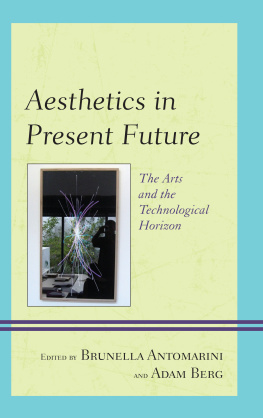
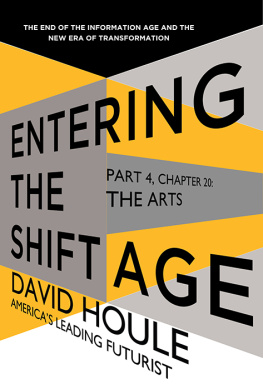
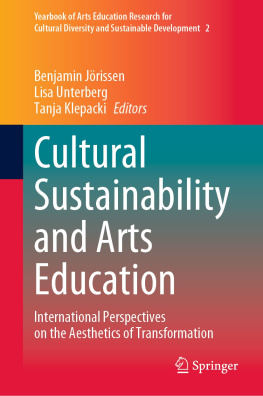



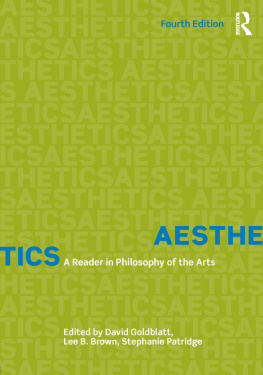
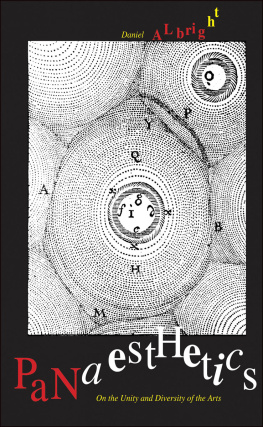
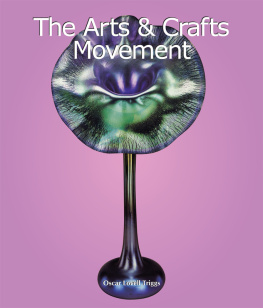

 TM The paper used in this publication meets the minimum requirements of American National Standard for Information Sciences Permanence of Paper for Printed Library Materials, ANSI/NISO Z39.48-1992.
TM The paper used in this publication meets the minimum requirements of American National Standard for Information Sciences Permanence of Paper for Printed Library Materials, ANSI/NISO Z39.48-1992.